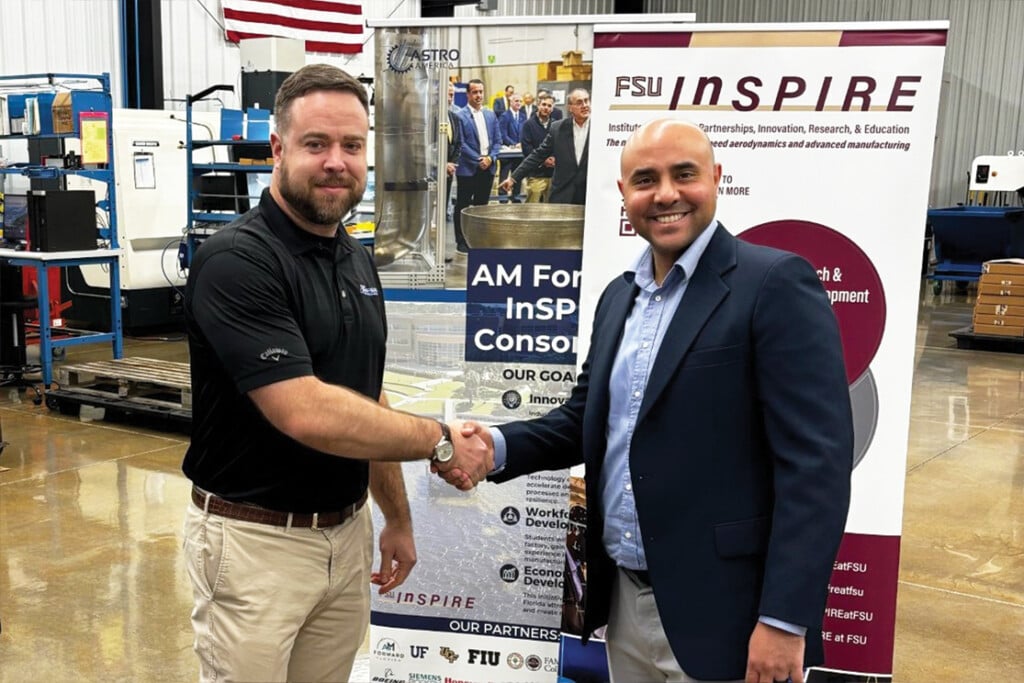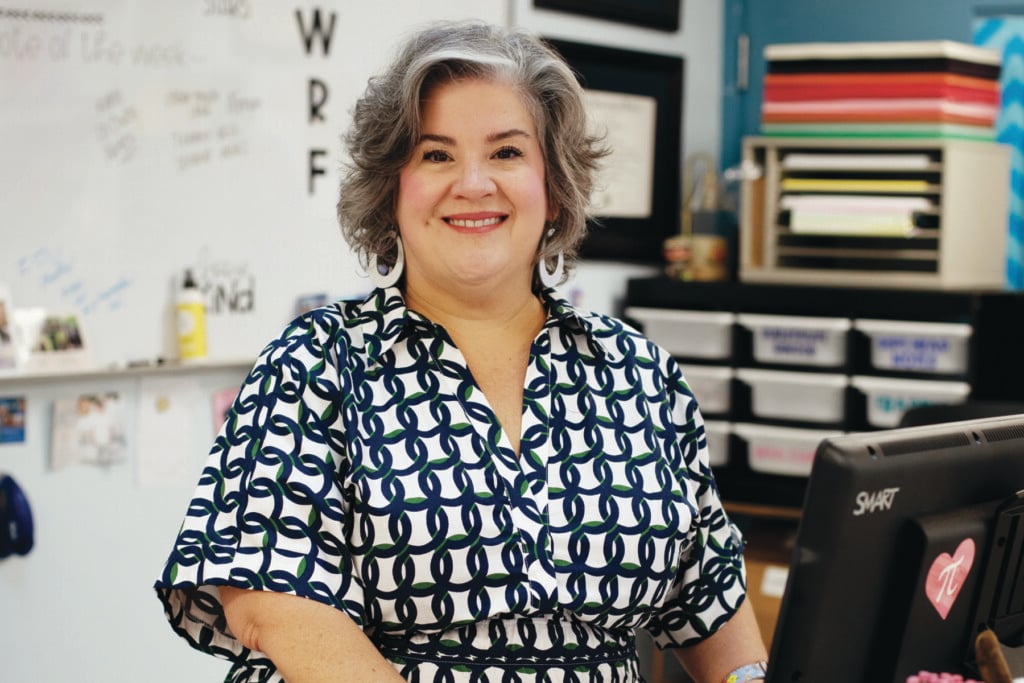The Grad Gap
Closing the chasm between education and employability

Ignorance creates confidence. Knowledge breeds humility. This is the short version of the Dunning-Kruger Effect (see side bar). This is to say, experience has a way of beating humility into us.
There is a growing disparity in the durable skills demanded in industry versus the knowledge base from recent college graduates. Recent graduates with no prior work experience, aged 20-24, report unemployment as high as 6.6% versus 2.2% for experienced workers, aged 35-44. This period of career-searching can last up to 6 months with up to 5% taking longer than a year.
However, companies on a global scale are reporting talent shortages. A survey conducted by Intelligent found that up to 38% of employers avoid hiring recent graduates in favor of older employees. In fact, research from LinkedIn, Global Talent Trends shows a growing challenge in recruitment with 70% of U.S. employers struggling to fill positions.
Problem: College graduates need work; employers need employees. These ships seem to be passing one another in the night. Why?
These same employers that avoid hiring recent graduates reported that 20% of potential candidates brought their parent to the job interview and nearly half of employers have been forced to fire recent college graduates due to a lack of durable skills.
In the same study, over 50% of job candidates struggled with eye contact and asked for unreasonable compensation with nearly half dressing inappropriately for the interview. During virtual interviews, over a quarter refused to turn on a camera and more than 30% used inappropriate language.
According to a survey conducted by the Hult International Business School in 2025, 96% of HR leaders reported that colleges are not preparing students well enough for the workforce with 75% saying college educations are not providing students with any durable skills. Approximately 91% of these leaders say the cost to on-board new employees fresh out of college is higher—69% reporting at least double the expense.
Students agree with this assessment with 77% of recent graduates self-assessing that they learned more necessary skills after six months on the job than four years in college.
It appears that institutions of learning are churning out degrees without providing a meaningful education. Rather than focusing on durable skills which can transcend the college experience, some students are purchasing a piece of paper over the course of a four-year period without gathering training necessary for the workforce.
This practice is devaluing degrees from all colleges and universities, even those who emphasize quality in their pedagogy.
As seen in other stories in this issue, educational practices are shifting to address talent shortages from students. Colleges and universities in Northwest Florida are collaborating with industry leaders to share necessary durable skills expected from potential job candidates.
Here is a bullet list of what they are looking for in employees:
Critical Thinking and Problem Solving
Ability to analyze problems and think strategically
» How to build it: Case study competitions, logic-based games, consulting internships. Take up to calculus I, regardless of degree path.
Communication
Clear writing, presenting, and interpersonal skills
» How to build it: Join Toastmasters, volunteer, taking writing or storytelling courses, regardless of degree path
Digital and AI Literacy
Understand the ethical use of AI tools and how to utilize them
» Comfortable with Google Workspace, Microsoft 365, ChatGPT
» Bonus: Knowing how to automate tasks, manage data, or build no-code tools
Adaptability and Initiative
Willingness to learn, experiment, and improve
» How to build it: Online learning portfolios, side projects, freelance gigs, pursue certifications in the career you are pursuing
Time Management
Juggling deadlines, projects, and responsibilities
» How to build it: Internships, remote work, project-based courses.
Dunning-Kruger Effect
→ The original study by David Dunning and Justin Kruger conducted in 1999 was called “Unskilled and Unaware of It: How Difficulties in Recognizing One’s Own Incompetence Lead to Inflated Self-Assessments,” and was published in the Journal of Personality and Social Psychology. The key findings showed that people in the bottom quartile (beneath 25%) of performance in grammar, logic, and humor consistently overestimated their abilities across all three testing categories, displaying a complete lack of the metacognitive skill of accurate self-evaluation. Also dubbed, the “curse of knowledge,” on the other side of the Dunning-Kruger Effect, highly skilled people with great confidence will consistently downplay how difficult a task can be for others. This is also called projection bias, where the highly skilled assume others have the same knowledge or capability they possess. These same people may actually rate themselves lower than they will actually perform because they hold themselves to a higher standard and are more aware of what they don’t know.
How did we get here?
→ As early as 1944, the U.S. government began expanding benefits for college and vocational training with the Serviceman’s Readjustment Act (now known as the GI Bill), which began to normalize the idea of education for the general populace, rather than just the elites. In 1958, after the Soviet Union launched Sputnik, the U.S. passed the National Defense Education Act to fund education for the public at all levels with a heavy focus in STEM, which expanded in 1965 as part of President Lyndon B. Johnson’s Great Soviet reforms with Pell grants and student loans.
By the 1980s, globalization shifted the scale of manufacturing and skilled labor jobs. This spurred an influx of degree-seekers. According to the U.S. Bureau of Labor Statistics and the National Center for Education Statistics, high school graduates enrolling in college rose from 49.3% to 59.6%. By 2010, 68.1% of students went straight into college, peaking in 2016 at 69.7% before declining.
Public institutions earn over $500 billion per year on tuition. Private nonprofits nearly match that at $400 billion annually.


